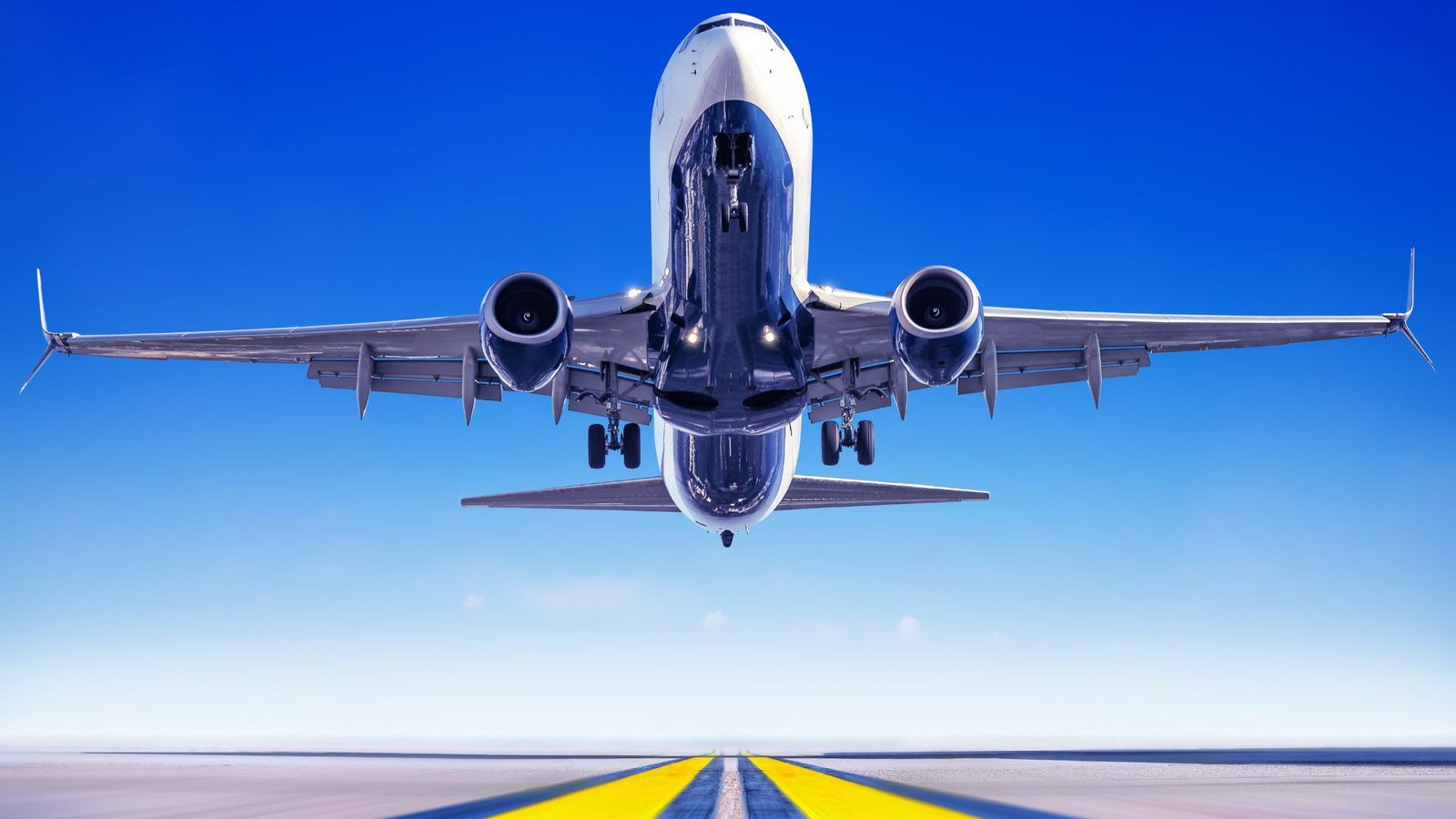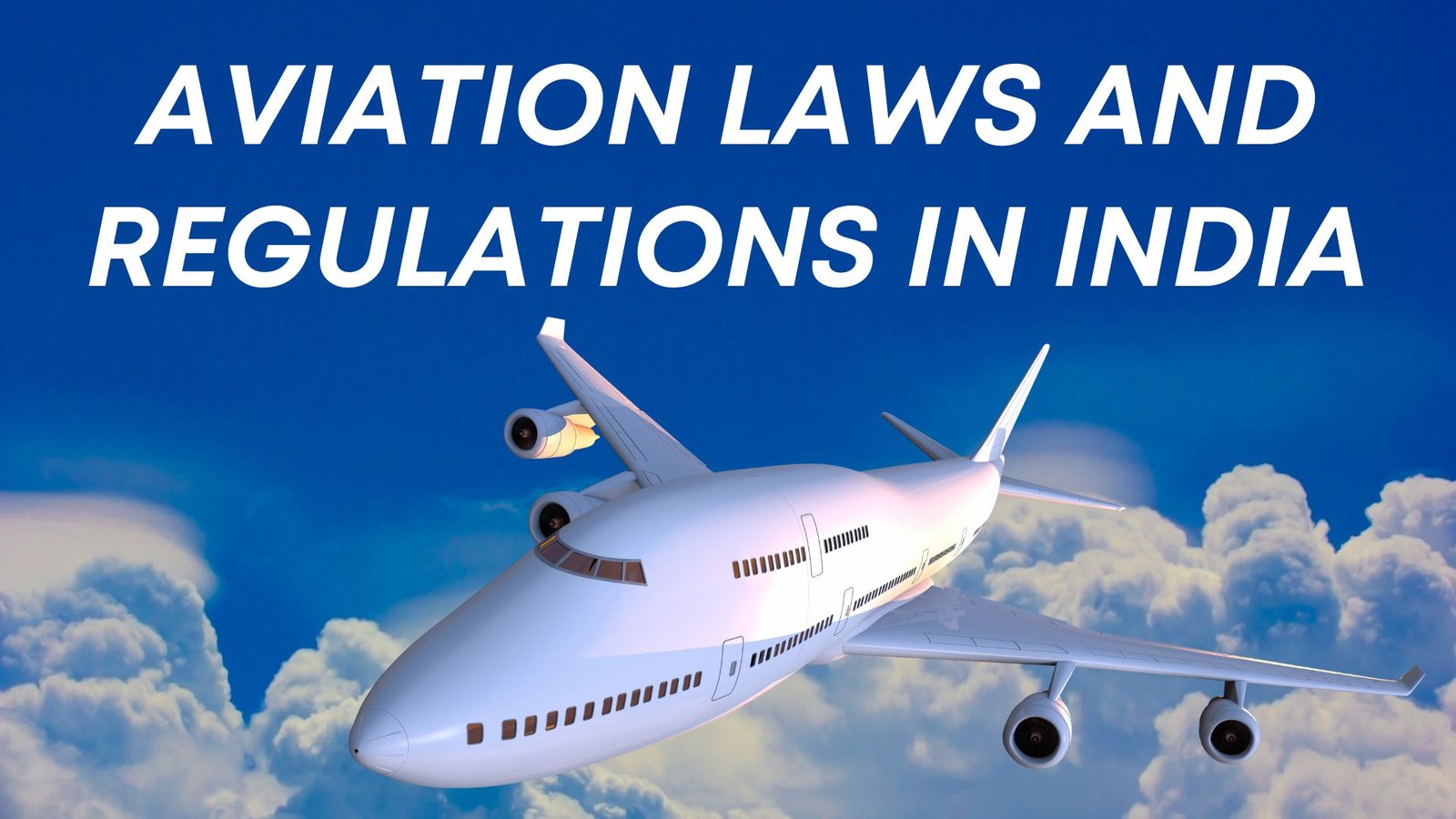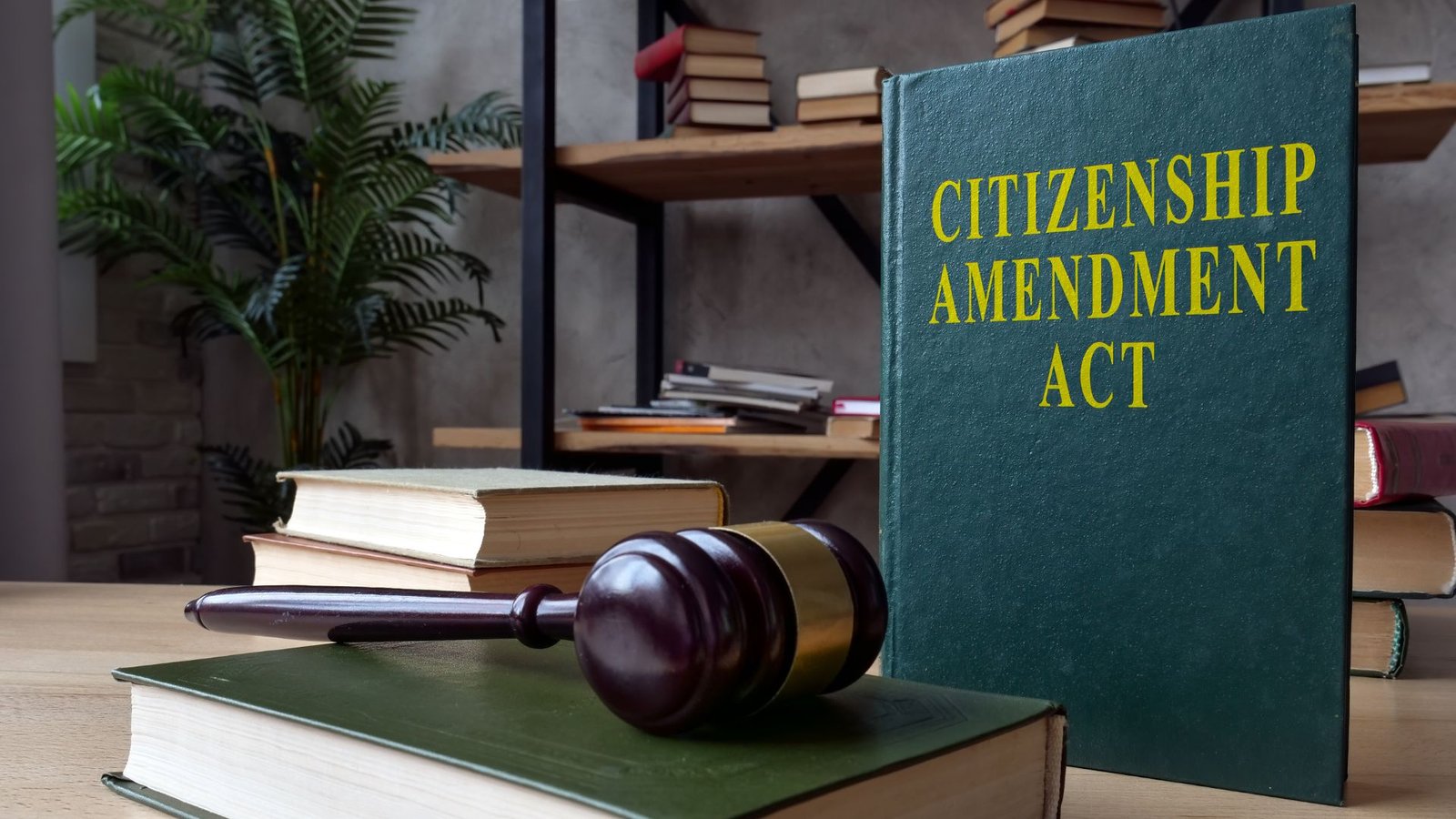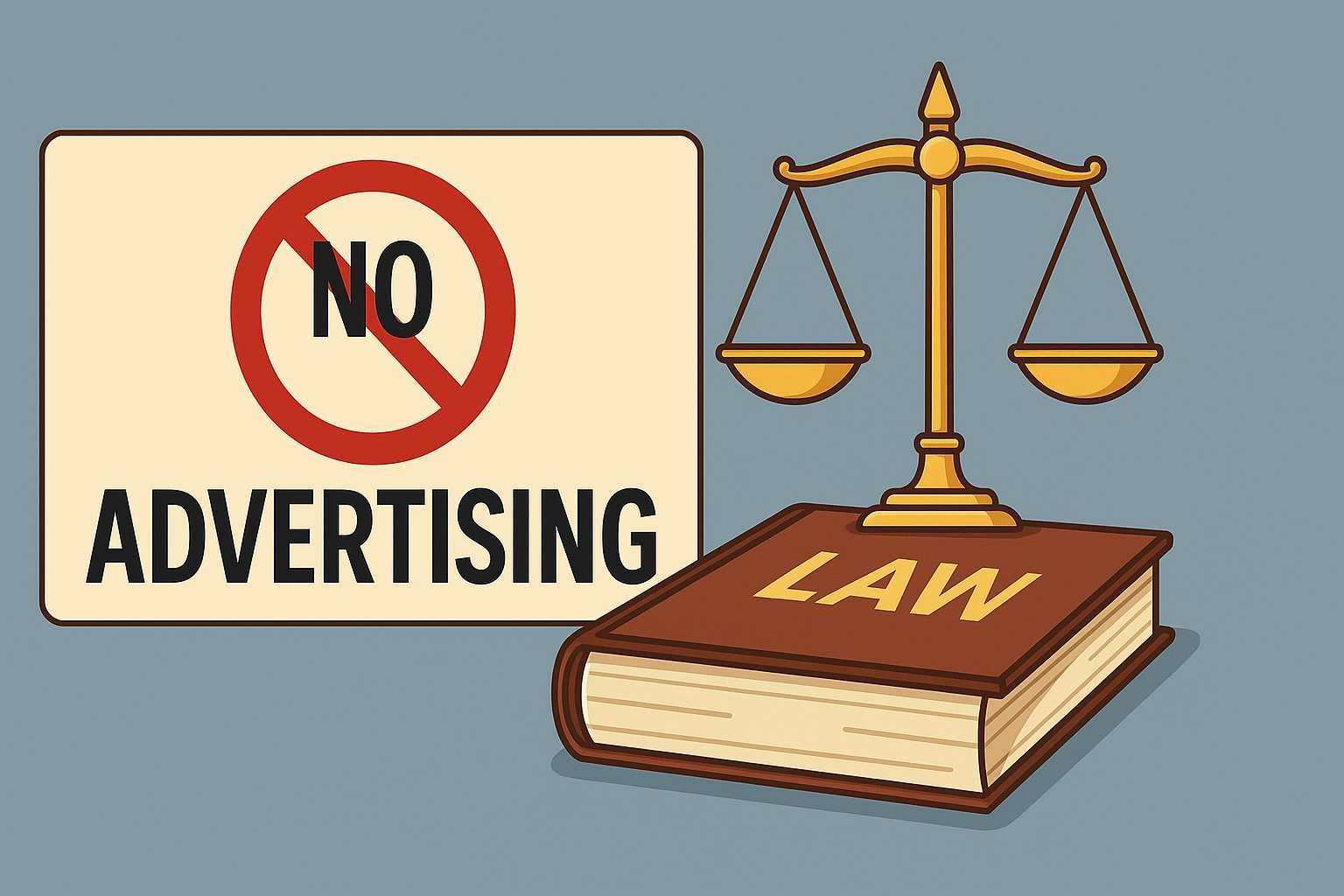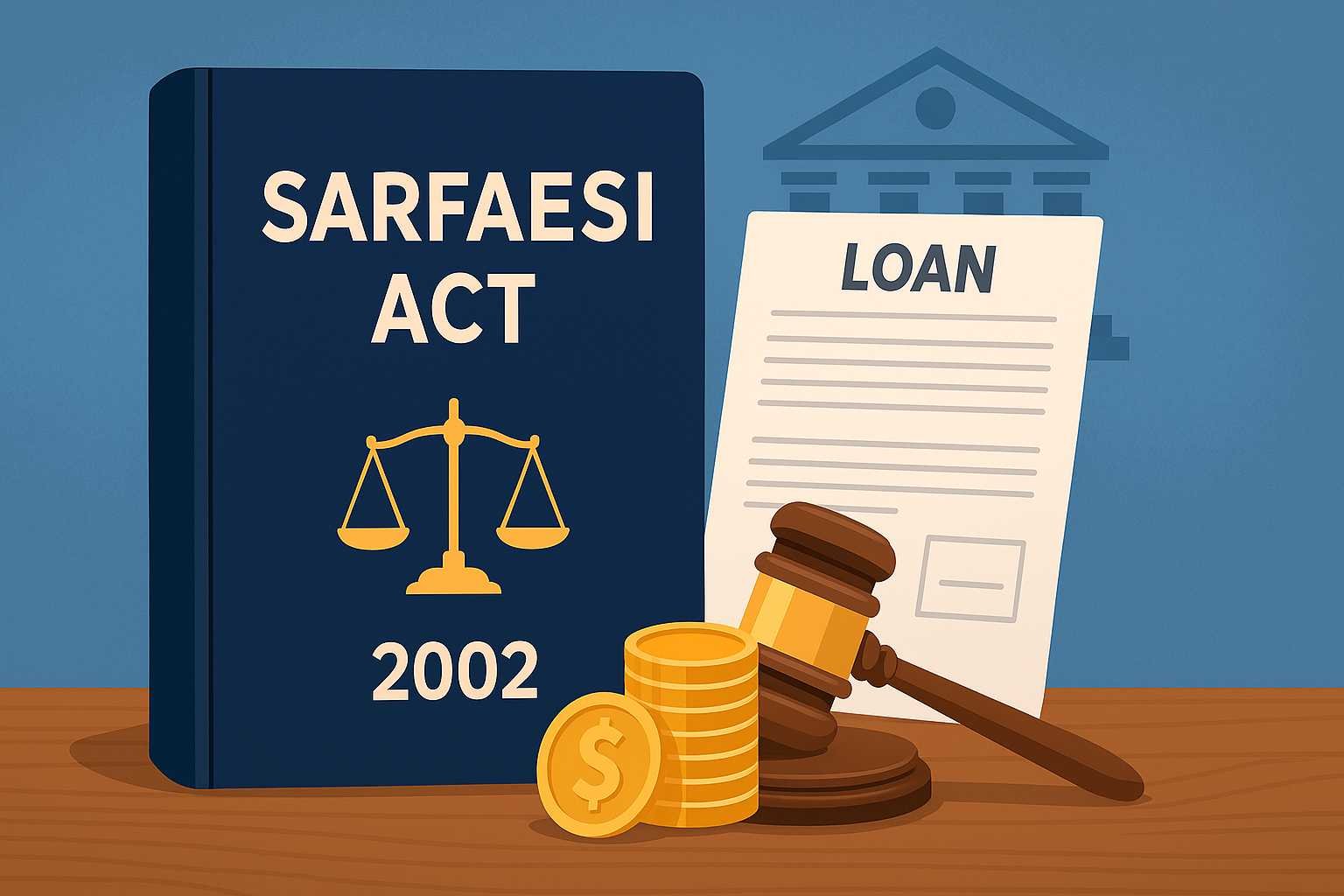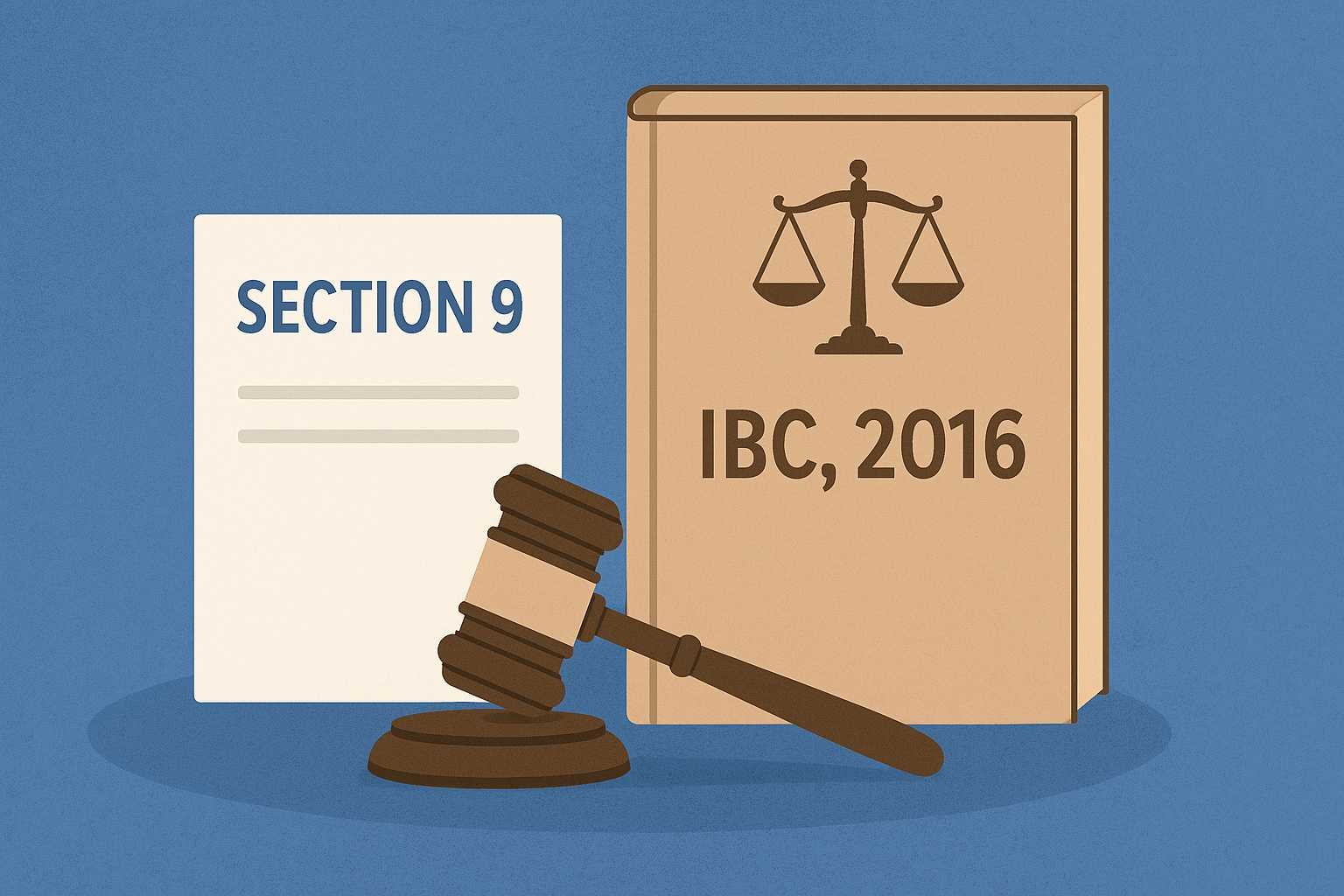On this page you will read detailed information about The Indian Aircraft Act 1934.
As an aviation professional in India, you must be familiar with the Indian Aircraft Act, the legislation governing the use and operation of aircraft in Indian airspace. In this article, we provide an overview of key aspects of the Act to guide your compliance. We discuss provisions related to the registration of aircraft, certification of airworthiness, licensing of pilots and aircraft maintenance engineers. We also outline offenses under the Act. With frequent amendments, staying updated on the Indian Aircraft Act is crucial for following safety regulations and avoiding penalties. This article summarizes critical information to ensure you operate legally and safely as an aviation professional in India.
Overview of the Indian Aircraft Act 1934
History and Purpose
The Indian Aircraft Act was established in 1934 to regulate civil aviation in India. The main objective of the Act is to ensure the safe and efficient operation of aircraft within Indian airspace and on the ground. It provides the legal framework for the registration and operation of aircraft, licensing of pilots and crew, and regulation of air transport services in India.
Key Provisions
The Act governs several key areas of civil aviation. It establishes the process for registering aircraft in India and the requirements for issuing certificates of airworthiness to ensure aircraft meet safety standards. It also sets out the requirements for obtaining pilot licenses and licenses for aircraft maintenance engineers.
Safety Regulations
To uphold safety standards, the Act empowers the Central Government to make rules on:
- The registration of aircraft.
- Competency tests for pilot licenses and medical fitness of flight crew.
- The airworthiness of aircraft including instruments, equipment and communication devices.
- Aerodrome licensing and rules of the air.
The Directorate General of Civil Aviation (DGCA) under the Ministry of Civil Aviation administers and enforces the provisions of the Act and the associated Aircraft Rules. The DGCA is responsible for safety oversight and regulation of all areas of civil air transport in India.
Penalties
The Act prescribes penalties for offences and contraventions of its provisions and rules. Penalties range from fines and imprisonment to the cancellation of licenses or certificates. The Central Government is empowered to detain or seize aircraft if there are reasonable grounds to believe the Act has been contravened.
The Indian Aircraft Act provides the foundation for civil air transport safety regulation in India. Its rules and provisions aim to ensure compliance with international standards and best practices in aviation safety worldwide. Regular amendments to the Act account for changes in technology, security risks and global standards.
In the previous post, we had shared information about The Coal Mines Act 1952: An Overview of Indian Mining Legislation, so read that post also.
Key Provisions and Scope of the Legislation
Definition of ‘aircraft’ and ‘air navigation’
The Indian Aircraft Act, 1934 defines an ‘aircraft’ as “any machine which can derive support in the atmosphere from the reactions of the air.” It includes balloons, airships, kites, and parachutes. ‘Air navigation’ refers to the movement of aircraft in the air space and includes the landing and take-off of aircraft.
Registration of aircraft
The Act mandates the registration of all civil aircraft in India. The registration must be done with the Directorate General of Civil Aviation (DGCA) and a certificate of registration is provided. The registration includes details such as the aircraft type, serial number, year of manufacture, and the maximum take-off weight. Registration is necessary to fly an aircraft and needs to be renewed every five years.
Airworthiness of aircraft
To fly an aircraft in India, an airworthiness certificate must be obtained from the DGCA. The DGCA will inspect the aircraft and review documents to ensure it is fit for flying and meets necessary safety standards. The certificate is provided for a maximum of one year initially and needs to be renewed annually. Specific tests may be required for renewal.
Licensing of crew and personnel
Pilots, flight engineers, and air traffic control officers require licenses and ratings to perform their roles. Licenses are provided based on qualifications, experience, and medical fitness. The licenses need to be periodically renewed to continue operations. The DGCA oversees the licensing process, including issuing licenses, renewing them, and cancelling licenses if required.
Investigating accidents and incidents
The Act establishes procedures for inquiring into aircraft accidents and incidents in India. The DGCA is required to investigate accidents and incidents to determine the causes and prevent future occurrences. Formal inquiries with evidence from witnesses can be conducted. The outcomes of investigations may lead to recommendations for improving safety.
The Indian Aircraft Act provides the foundation for regulating civil aviation in India. It scopes the registration and airworthiness of aircraft, licensing of personnel, control of air navigation, and investigation of accidents. The Act aims to ensure the highest levels of safety in aviation and efficient air transport.
Registration and Marking Requirements
As stipulated under the Indian Aircraft Act, aircraft registration in India must follow specific guidelines. All civil aircraft operating in Indian airspace are required to be registered with the Directorate General of Civil Aviation (DGCA) to legally take flight.
Aircraft Registration
To register an aircraft, you must submit an application to the DGCA providing details about the aircraft type, owner information, and intended use. Upon review and approval of your application, the DGCA will issue a certificate of registration and allocate a unique registration mark to be displayed on your aircraft. This registration mark must contain five letters starting with ‘VT’.
Display of Nationality and Registration Marks
Registered aircraft must prominently display the nationality mark ‘VT’ and the registration mark allocated by the DGCA on the aircraft body. The marks should appear on both sides of the fuselage, and the upper and lower surfaces of each wing. The characters must be at least 50 centimeters in height and should be visible from the ground at all times.
Change in Ownership or Use
If there are any changes to the registered owner or intended use of an aircraft, the registration certificate must be amended or reissued by the DGCA. Failure to do so can result in penalties under the Aircraft Rules, 1937. When an aircraft is sold, deregistered or destroyed, the registration mark is withdrawn by the DGCA.
To comply with the Indian Aircraft Act, all aircraft must adhere to the registration and marking requirements stipulated by the DGCA. Proper registration and display of nationality and registration marks are necessary for aircraft to be legally operated in Indian airspace. Following the guidelines set by the DGCA will ensure your aircraft meets all registration regulations.
Airworthiness and Maintenance Regulations
The Indian Aircraft Act establishes strict airworthiness and maintenance requirements for all aircraft registered or operated within India.
Airworthiness Certificates
To legally operate an aircraft, owners must obtain an Airworthiness Certificate from the Directorate General of Civil Aviation (DGCA) verifying the aircraft is fit for safe flight. Certificates are issued for specific aircraft make, model, and serial number. They must be renewed at regular intervals based on aircraft type.
Maintenance Requirements
The DGCA mandates that aircraft owners and operators establish maintenance programs to keep aircraft in an airworthy condition. For most aircraft, an Approved Maintenance Schedule (AMS) must be developed in accordance with manufacturer recommendations and approved by the DGCA. The AMS specifies routine inspections, component replacements, overhauls, and related maintenance tasks to be performed at designated intervals.
Aircraft maintenance must be performed by appropriately certified technicians and mechanics employed by DGCA-approved maintenance organizations. Most maintenance personnel must hold an Aircraft Maintenance Engineering (AME) license for the category and type of aircraft they service.
Recordkeeping
Comprehensive maintenance records must be kept for all aircraft registered in India. Records include logbooks, worksheets, airworthiness directives, service bulletins, and other documentation related to inspections, repairs, alterations, and component replacements. Records must be made available for review by DGCA inspectors upon request to ensure compliance with regulations. Falsifying or failing to keep required records can result in penalties.
The airworthiness and maintenance regulations established by the Indian Aircraft Act help ensure aviation safety by requiring aircraft to be properly certified, inspected, repaired, and documented. Compliance with these regulations is mandatory for all owners and operators of aircraft registered in India. Failure to comply can result in the grounding of aircraft, suspension of operating privileges, and legal prosecution.
Personnel Licensing and Training Rules
As an aircraft operator in India, you are required to ensure proper licensing and training of all personnel involved in aircraft operations and maintenance. This includes pilots, engineers, flight dispatchers, cabin crew, and other personnel.
Pilot Licensing
Pilots operating Indian-registered aircraft must hold a Commercial Pilot License (CPL) or Air Transport Pilot License (ATPL) and a current medical certificate. Licenses are issued by the Directorate General of Civil Aviation (DGCA) according to the aircraft type and operation. Pilots must also complete periodic checks and recurrent training to maintain license validity.
Flight Crew Licensing
Flight engineers, flight navigators, and flight radio telephone operators must be properly licensed for their positions. Licenses are issued by the DGCA based on exams covering aircraft systems, instrumentation, emergency procedures, and company operations manuals. Like pilots, flight crew must complete regular checks and training to maintain proper licensing.
Aircraft Maintenance Engineer Licensing
Aircraft maintenance engineers (AMEs) must hold an AME license with endorsements for the aircraft types they service. Licenses are issued based on educational qualifications, experience, and DGCA exams. AMEs must also stay up-to-date with all revisions to maintenance programs and complete periodic refresher training. Proper AME licensing is essential to ensuring aircraft airworthiness and safety.
Cabin Crew Licensing
Cabin crew members involved in commercial air transport operations must hold a Cabin Crew License issued by the DGCA. Applicants must be at least 18 years of age, have a minimum educational qualification, and complete an initial safety training course. Cabin crew licenses must be renewed every 5 years, requiring additional safety training. Properly trained cabin crew are important for passenger safety and emergency management.
Compliance with personnel licensing and training rules is mandatory for all aircraft operators in India. Routine audits are conducted by the DGCA to ensure all rules are followed for the safety of aircraft operations and the flying public. Failure to comply can result in penalties, fines, or suspension of operating privileges.
Operational Requirements and Restrictions
As per the Indian Aircraft Act, to operate an aircraft in India, you must obtain the required certifications and permits from the Directorate General of Civil Aviation (DGCA) and follow the rules specified under the legislation.
To operate an aircraft, you need a certificate of airworthiness issued by the DGCA for that particular aircraft, confirming that the aircraft is fit for flying. The aircraft must undergo periodic inspections and maintenance to ensure continuing airworthiness. As the operator, you are responsible for the proper inspection, servicing, repair, or modification of the aircraft to meet airworthiness requirements.
You must also obtain an operator’s permit from the DGCA to operate commercial air transport services. To qualify for the permit, you need to have adequate equipment, organization, staffing, maintenance and other arrangements to conduct safe operations. Your operations manual, training programs and safety management systems will be evaluated.
While operating an aircraft, you must adhere to restrictions regarding areas where flying is prohibited or limited. These include prohibited areas, danger areas, restricted areas and air defence zones specified by the DGCA. You cannot operate an aircraft in a negligent or reckless manner so as to endanger life or property.
Noise and emission standards are set for different aircraft and engine types. Aircraft operators need to comply with these standards to minimize the environmental impact. Restrictions may apply regarding the timings, routes, and altitudes for operating certain aircraft.
To summarize, obtaining the necessary certifications, following the rules and regulations regarding airworthiness, safety, noise, and emissions standards, and avoiding prohibited or restricted areas are the key operational requirements and restrictions as per the Indian Aircraft Act that all aircraft owners and operators must comply with. Following these will help enable safe and lawful aircraft operations in India.
Liability and Insurance Stipulations
As an aircraft operator in India, you are subject to certain liability and insurance requirements under the Aircraft Act, 1934 and the Aircraft Rules, 1937. The legislation holds you strictly liable for injuries and damage caused by the operation of your aircraft.
To meet the liability requirements, you must obtain adequate third-party legal liability insurance to cover risks like bodily injury, loss of life, damage to property. The minimum indemnity limits are stipulated in the Aircraft Rules. The insurance policy should indemnify you and any person in your employment for claims made by passengers as well as people on the ground.
In addition to the minimum third-party coverage, you may obtain more comprehensive policies to protect against risks such as loss of or damage to your own aircraft. It is prudent for operators to evaluate the adequacy of coverage based on the nature and extent of operations. Policies can be obtained from approved aviation insurance companies in India. You must furnish evidence of insurance in the specified form to the Directorate General of Civil Aviation (DGCA) before your aircraft can be registered or licensed to operate.
The legislation also requires certain operators like non-scheduled operators and aerial work operators to maintain insurance for risks of war, hijacking and acts of terrorism. Operators of public transport aircraft with 20 seats or more need to comply with the requirements of the Carriage by Air Act for insurance related to passenger liability.
In summary, India’s aircraft legislation mandates that you, as an aircraft operator, obtain and maintain adequate insurance coverage to ensure compensation for third parties in the event of injury, death or property damage arising from your operations. You must provide prescribed evidence of insurance to the DGCA to legally register and fly your aircraft. Compliance with the stipulated requirements helps promote aviation safety and protects the interests of the public.
Investigative Powers and Offenses Under the Act
The Indian Aircraft Act establishes the investigative powers granted to authorities to enforce regulations and address offenses under the Act.
The Director General of Civil Aviation (DGCA) and any officer authorized by the Central Government have the authority to investigate any offenses committed under this Act. They may enter and search any aircraft, examine its equipment, and seize any documents or equipment as evidence. The DGCA has the power to summon any person for an inquiry into an offense and require them to give evidence or produce documents. Failure to comply can result in penalties.
Offenses under the Act include operating an aircraft without a valid certificate of registration or airworthiness; flying an aircraft in a reckless manner so as to endanger human life or property; willfully failing to comply with regulations regarding the navigation and management of aircraft; carrying arms, explosives or other dangerous goods aboard an aircraft unlawfully; willfully trespassing or remaining unlawfully on board an aircraft; and willfully damaging or destroying an aircraft or endangering its safety in flight.
Penalties for offenses may include imprisonment up to 6 months and/or fines up to 10,000 rupees. If the offense endangers the safety of the aircraft or its passengers, the penalties increase to up to 2 years imprisonment and up to 50,000 rupees in fines. The DGCA has the authority to compound certain offenses by accepting a sum of money in lieu of legal proceedings.
To comply with the Act and avoid penalties, aircraft owners and operators must adhere to all regulations regarding the registration, airworthiness, operation and management of aircraft established by the Central Government under the authority of this legislation. Careful compliance with the rules and guidance provided by the DGCA will help ensure safety of flight for passengers and crew.
Indian Aircraft Act FAQs: Answering Common Questions
The Indian Aircraft Act governs civil aviation in India. Do you have questions about how this important legislation impacts aircraft operations and ownership in India? Here are some frequently asked questions and answers:
The Indian Aircraft Act applies to all civil aircraft registered in India, including airplanes, helicopters, balloons, gliders, and airships. Both commercial and private aircraft are subject to the rules and regulations set forth in the Act.
To register an aircraft in India, you must provide proof of ownership or a lease agreement for the aircraft. You will need to submit an application for registration to the Directorate General of Civil Aviation (DGCA) along with the aircraft’s identification plate and technical logbooks. The DGCA will review your application and inspect the aircraft before issuing a certificate of registration.
The Indian Aircraft Act mandates that all civil aircraft meet airworthiness requirements established by the DGCA. The DGCA certifies that aircraft designs and aircraft maintenance programs meet international safety standards. Aircraft owners and operators must ensure aircraft remain in an airworthy condition through ongoing maintenance, inspections, and repairs. Pilots and flight crew must also be properly licensed and trained.
Failure to comply with the Indian Aircraft Act can result in penalties including fines and imprisonment. Specific violations such as operating an unregistered aircraft, flying without a valid pilot’s license, or failing to maintain an aircraft in an airworthy condition are criminal offenses punishable by fines and/or jail time. The DGCA may also suspend or revoke operating certificates and licenses for repeat or serious violations.
The Indian Aircraft Act aims to ensure the highest levels of safety in civil aviation. Following the rules and regulations set forth in the Act is critical for aircraft owners, operators, and flight crews conducting operations in India. Please let me know if you have any other questions!
Conclusion
As we have explored, the Indian Aircraft Act contains comprehensive legislation regulating the operation, ownership, and management of aircraft within India’s airspace. By understanding the key provisions outlined, aircraft owners and operators can ensure full compliance when acquiring, maintaining, or flying aircraft in India. Adhering to the act supports aviation safety and enables the continued growth of India’s aviation sector. Moving forward, stay up to date on amendments to the act as policies evolve. With knowledge of the legislation, you can confidently own and operate aircraft in India in accordance with the law. Stay safe in the skies by following regulations and exercising best practices.
Disclaimer
The information and services on this website are not intended to and shall not be used as legal advice. You should consult a Legal Professional for any legal or solicited advice. While we have good faith and our own independent research to every information listed on the website and do our best to ensure that the data provided is accurate. However, we do not guarantee the information provided is accurate and make no representation or warranty of any kind, express or implied, regarding the accuracy, adequacy, validity, reliability, availability, or completeness of any information on the Site. UNDER NO CIRCUMSTANCES SHALL WE HAVE ANY LIABILITY TO YOU FOR ANY LOSS OR DAMAGE OF ANY KIND INCURRED AS A RESULT OR RELIANCE ON ANY INFORMATION PROVIDED ON THE SITE. YOUR USE OF THE SITE AND YOUR RELIANCE ON ANY INFORMATION ON THE SITE IS SOLELY AT YOUR OWN RISK. Comments on this website are the sole responsibility of their writers so the accuracy, completeness, veracity, honesty, factuality and politeness of comments are not guaranteed.
So friends, today we talked about The Indian Aircraft Act 1934, hope you liked our post.
If you liked the information about The Indian Aircraft Act 1934, then definitely share this article with your friends.
Knowing about laws can make you feel super smart ! If you find value in the content you may consider joining our not for profit Legal Community ! You can ask unlimited questions on WhatsApp and get answers. You can DM or send your name & number to 8208309918 on WhatsApp

